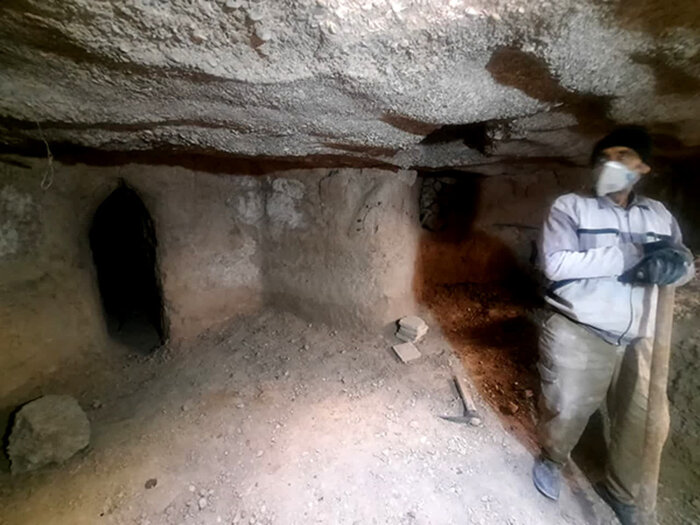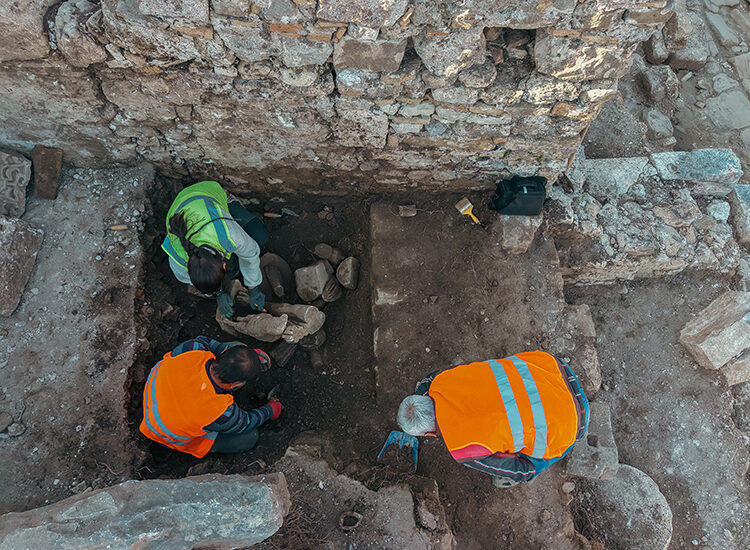
Statue of Hermes Found in the Ancient City of Aspendos in Türkiye
In the ongoing archaeological excavations at the ancient city of Aspendos in the Serik district of Antalya, southern Türkiye, a Hermes statue from the Roman Imperial Period has been discovered. The excavations at Aspendos, founded by the Akas in the 10th century BC, are being carried out under the leadership of the General Directorate of
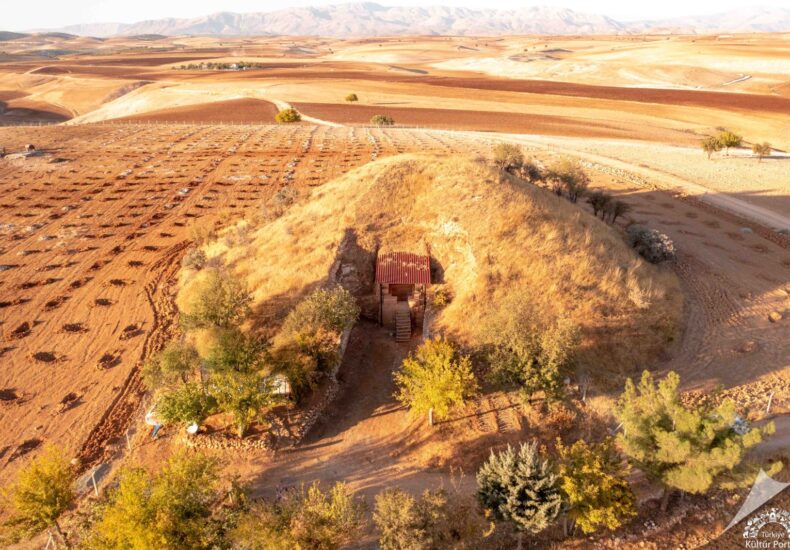
Silent Witnesses of Commagene: Sofraz Tumuli
Adıyaman, a city in southeastern Türkiye, is rich in historical and cultural treasures. Among its most remarkable examples are the Sofraz Tumuli. These tumuli, dating back approximately 1800 years, are significant archaeological structures that illuminate the region’s history. Named after the village of Sofraz in the Besni district, the Sofraz Tumuli are located southeast of
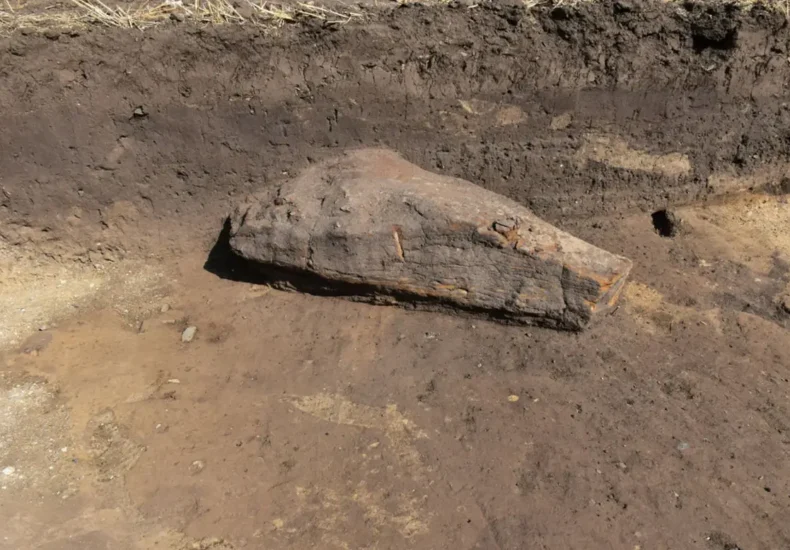
Archaeologists Have Discovered a Rare Monolithic Menhir
In the German state of Saxony-Anhalt, near Halberstadt at Warmholzberg, archaeologists discovered a menhir, dating back to the Middle Bronze Age and meaning “long stone,” during the investigation of structural anomalies detected in grain fields. Initially, archaeologists were working on underground ditches interpreted as belonging to a medieval castle. However, detailed examinations revealed that these
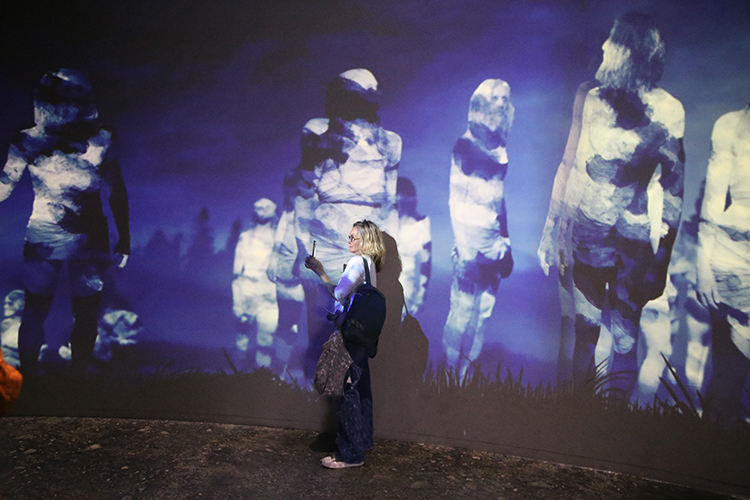
The 12,000-Year Neolithic World of Göbekli Tepe Animated
Step into the enigmatic world of Göbekli Tepe and embark on a journey 12,000 years into the past, to a time when the world’s oldest temples rose. This unique experience, brought to life through captivating animations, allows you to unravel the mysteries of the Neolithic era. Göbekli Tepe, located near Örencik village in the Haliliye

The U.S. is returning the statue of Marcus Aurelius to Türkiye after 65 years
In a significant cultural development, the United States will return the Marcus Aurelius statue to Türkiye after 65 years. This bronze statue, which comes from the ancient city of Boubon in Burdur, was taken abroad during the 1960s through illegal excavations. Currently, it resides in the Cleveland Museum of Art in Ohio. The Ministry of
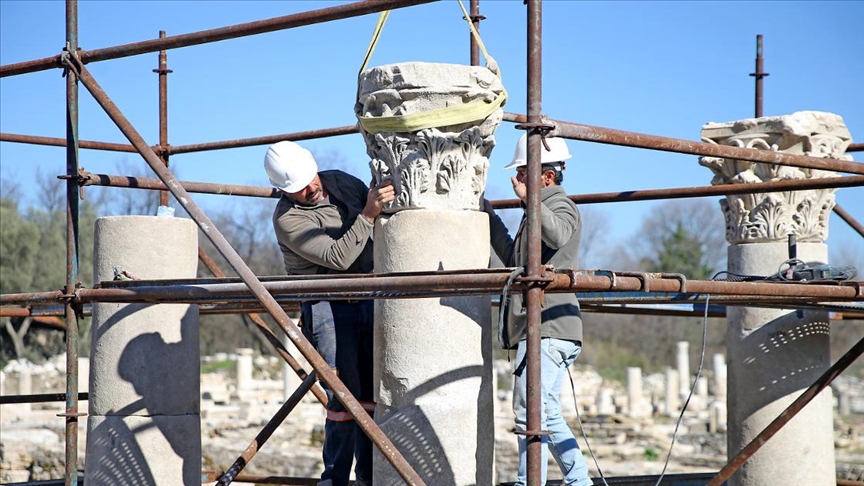
2000-Year-Old Roman Bath Columns Restored to Their Former Glory
The 2000-year-old Roman bath columns of the ancient city of Stratonikeia, known as the “City of Gladiators”, have been successfully restored. Stratonikeia, located in the Yatağan district of Muğla, is one of the largest marble cities in the world. Archaeological excavations in the city, which is on the UNESCO World Heritage Tentative List, continue under
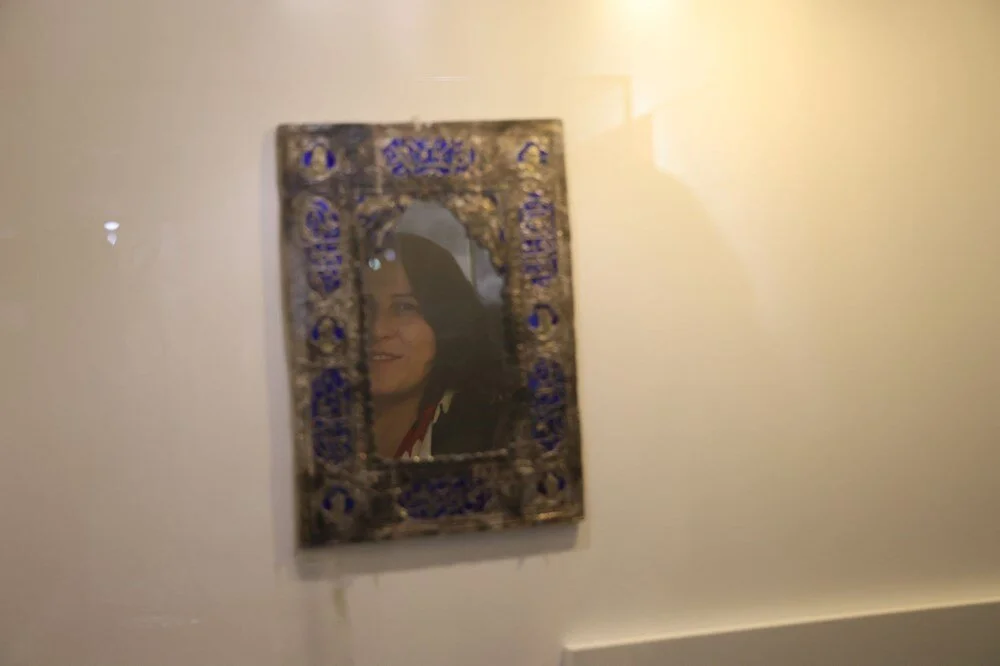
This mirror, believed to have come from the Iranian palace, offers advice
A remarkable 19th-century mirror, believed to have come from the Qajar Dynasty palace in Iran, draws attention for its thought-provoking inscriptions. This unique piece, known as the “Advisory Mirror,” is currently on display at the Diyarbakır Museum. The mirror features several profound sayings, including: “Ettukâ reîsü’l-ahlâkı (Takvâ is the essence of morality),” “Ezellü’n-nâsi men ehâne’n-nâse
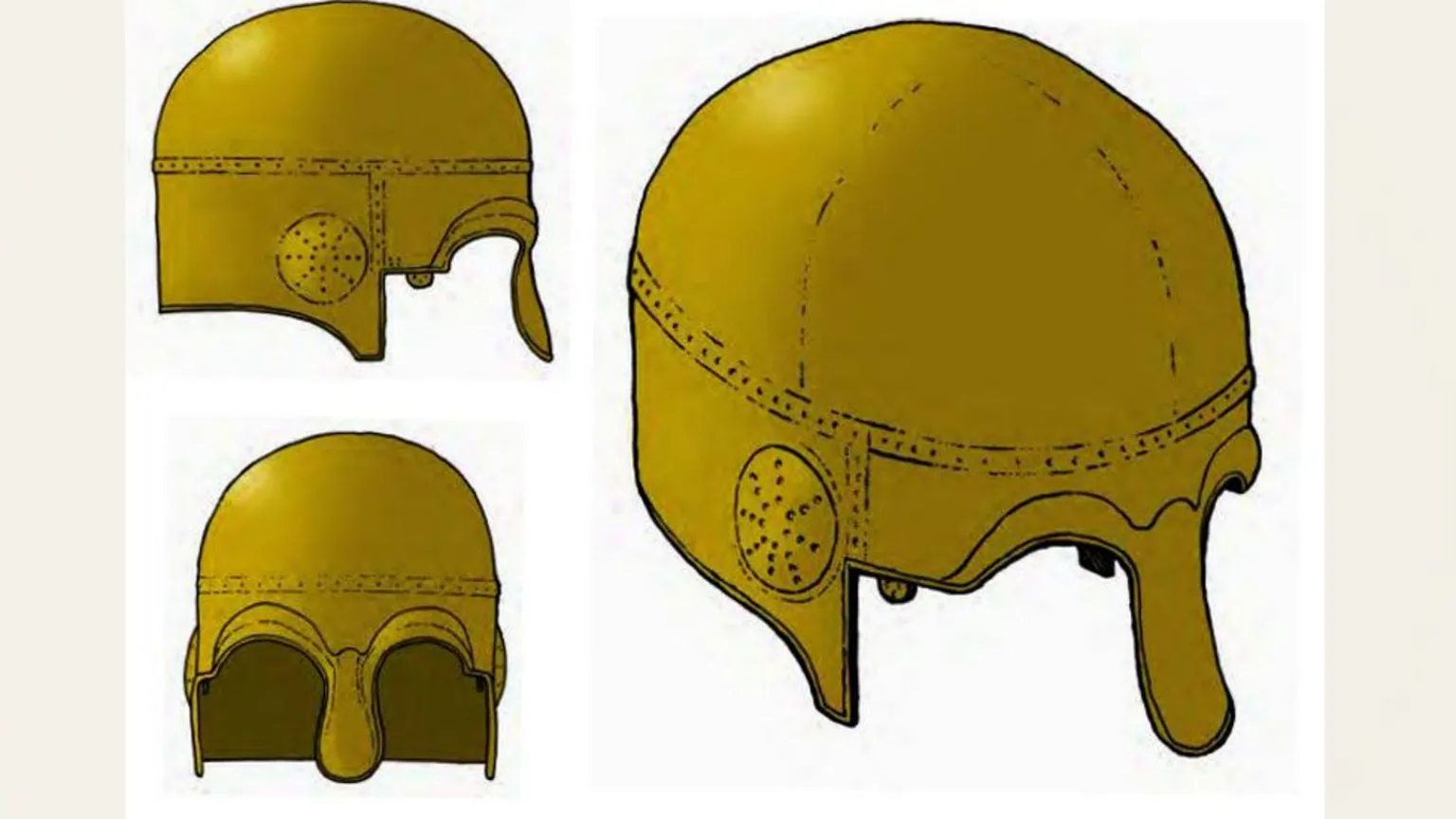
Archaeologists have discovered a rare Iron Age helmet in Norfolk
In Snettisham, one of England’s most significant archaeological sites, advanced scientific tests have revealed that fragments of copper alloy are parts of an extremely rare Iron Age helmet. The British Museum conducted a 15-year project to examine a treasure trove of 14 gold, silver, and bronze torcs (twisted metal rings worn as jewelry) discovered between

Polonezköy: The 200-Year-Old Polish Village on the Brink of Disappearance
Polonezköy, founded 200 years ago by Polish immigrants who came to Istanbul, is in danger of losing its cultural richness due to the decrease in its population of Polish origin. Prince Adam Jerzy Czartoryski, a Polish nobleman, founded Polonezköy near Istanbul in the 19th century. Today, this village faces a serious challenge: a declining population

